It’s a Simple Process
First, you’ll need to grab yourself a copy of VirtualBox. This powerful virtualization utility can be used to install a second operating system alongside your primary one, and while this usually means running a second copy of Windows or trying out Ubuntu, there’s no reason why you shouldn’t be able install a mobile operating system as well.
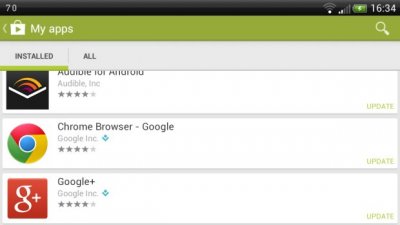
Android may have been designed for your phone and tablet , but that doesn’t mean it needs to stay there.
Once you have the virtualization software up and running, you’ll need to get hold of a copy of Jelly Bean to install. This does not mean that you need to obtain an illicit copy of the operating system from an untrustworthy website, or rip a copy of your phone’s ROM – it is actually freely available.
Step 1: Grab an Android ROM
There are various versions of Android available for download, but it makes sense to work with the most recent version – Jelly Bean. Head over to the Android-x86 website scroll down to the Android-x86-4.2-devel section and click the View link for the most up to date version (at time of writing this is 4.2 20130228).
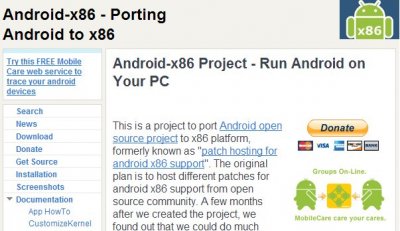
There are several Android ROMs available to download including the latest version of Jelly Bean.
Weighing in at just under 200MB, the download will take a moment to transfer. Once you have the ISO file on your hard drive, you’re ready to set about the task of installing it in VirtualBox.
Step 2: Going Virtual
Pay a visit to the VirtualBox download page and click the link to download the software. Here, I’m working with Windows 8, but VirtualBox is compatible with older versions of Microsoft’s operating system, and there are also versions available for OS X and Linux.
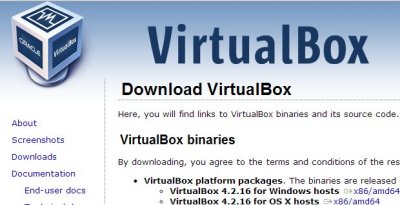
VirtualBox can be used to install a second operating system on your computer, including Android.
Once downloaded, run through the installation of the program – just accept all of the default options. Don’t be concerned when you’re asked to install a new network adaptor as this is part if the usual installation process.
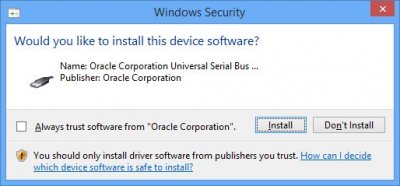
A virtual network adaptor will be installed by VirtualBox to allow virtual machines to get online.
Once installation is complete, launch VirtualBox and you’re ready to move to the next stage.
Step 3: Create a Virtual Machine
You’ll need to start by creating a new virtual machine onto which you will install Android. Click the New button. Name the virtual machine whatever you like, and (as Android is based on Linux) select Linux from the first drop down menu. From the Version menu select Other Linux and then click Next.
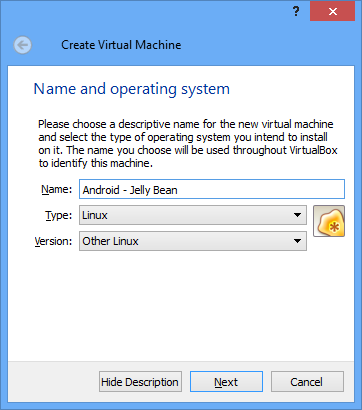
Android is a Linux-based operating system and it needs to be correctly identified in VirtualBox.
Move the memory slider to the right so that 512MB or more of RAM is set aside for VirtualBox and click Next. Make sure that the Create a virtual hard drive now option is selected and click Create. Select VDI, click Next and then select the Fixed size option before clicking Next.
You can then use the slider to choose how large a disk should be assigned to the virtual machine, and you can use the folder button to choose where it should be stored. Click Create when you’ve configured your settings — it might take a few minutes for the virtual disk to be created.
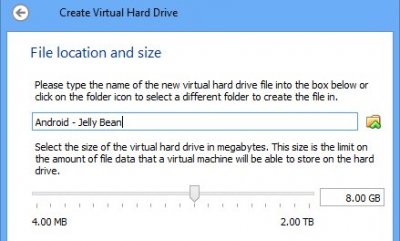
Your virtual Android device can be assigned a drive capacity of your choice — go wild!
Step 4: Install Android
Make sure that you have your newly created virtual machine selected and then click the Settings button in the toolbar. Click the Storage link to the left hand side of the dialog and then towards the center click the Empty entry in the Storage Tree section.
To the right of this, click the small disc button and select Choose a virtual CD/DVD disk file from the menu that appears. Navigate to the ISO file you have downloaded, select it and click Open followed by OK.

The ISO files you’ve downloaded can be used as a virtual CD to install Android.
Power up your virtual machine by clicking the Start button in the VirtualBox toolbar.
If this is the first time you’ve used the program you may see a message letting you know about mouse capturing. When you move the mouse cursor inside the virtual machine window you’ll find that you cannot move it back out to control Windows as you normally would – just remember to press the right hand Ctrl key to free up the mouse when you need to.
Use the arrow keys on your keyboard to scroll down to the Installation option and press Enter.
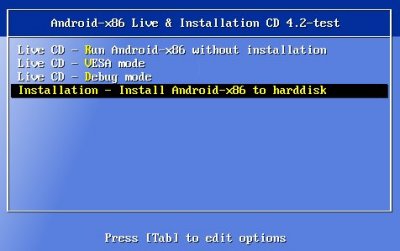
Android can be run without installation, but opting to install provides a better, faster experience.
Now you will need to configure the virtual hard drive so that there is somewhere to install Android to. Select the Create/Modify Partition option and press Enter.
Select New at the bottom of the screen and press Enter, and then select the Primary option before pressing Enter again. Press Enter to create a partition that occupies your entire virtual drive.
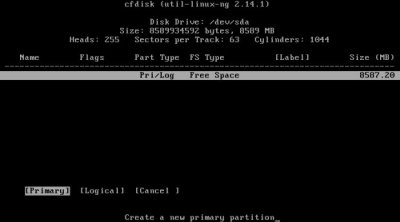
Configuring hard drives for Android may seem complex, but it takes just a few moments.
Now select the Bootable option and press Enter, select Write and press Enter, and then type the word yes before pressing Enter once again. Select Quit, choose the partition you’ve just created and press Enter.
When prompted, select the option to use the ext3 file system and select Yes to confirm your choice. The GRUB bootloader takes care of launching Android, so select Yes to install it and then select Yes again to make the /system directory writeable.
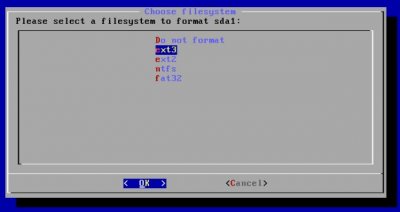
The correct drive format must be selected for Android to work properly, so take care during configuration.
It won’t be long before Android boots, and at this point you should remove the virtual CD from the drive. Click the Devices menu and select CD/DVD Devices followed by Remove disk from virtual drive.
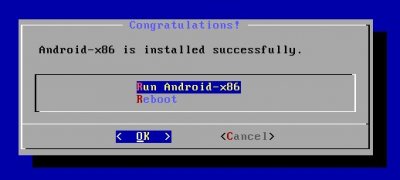
It’s a slightly time-consuming process, but getting Android on your PC is very rewarding.
Step 5: Almost There!
You might find that Android takes a little while to boot up — at least the first time around — and you’ll then have to run through the initial configuration just like you did the first time you switched on your phone or tablet.
Should you find that your mouse does not work and you are unable to click within Android, click the Machine menu in Virtual Box and then click Disable Mouse Integration. You may also find it useful to click View followed by Switch to Scale Mode if you find the mouse acts erratically — you can switch back to regular mode by pressing the right Ctrl key and C at the same time.
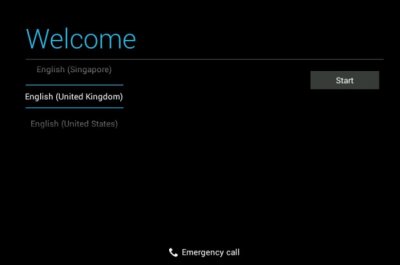
The first time you run Android you’ll have to set it up just like you did on your phone or tablet.
You can ignore any steps related to connecting to a wireless network as VirtualBox will just make use of your computer connection without the need for additional configuration.
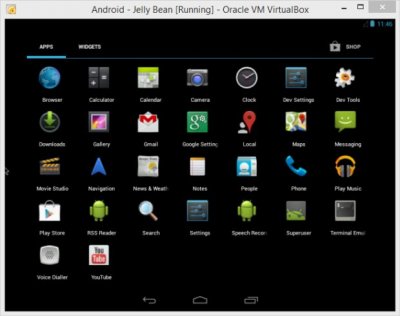
Running Android within Windows can feel strange to start with, but it’s also great fun!
Now it’s time to pay a visit to Google Play and start downloading apps! Let us know how you get on, particularly if you think up any interesting uses for a virtualized copy of Android.
Andra inlägg
- Detailed strategy for cracking IAS examination for the beginners
- How to create wifi hotspot in windows 8
- how to install android apps on pc
- Connect laptop using Desktop Switch
- Connect two laptops using LAN cable
- How to connect two laptops using LAN cable
- SSC CGL POST DESCRIPTION
- SSC CGL JOB PROFILE
- Download TORRENT with IDM




